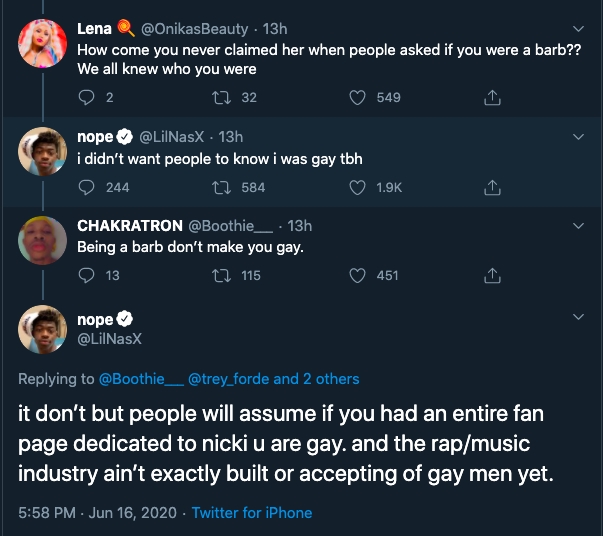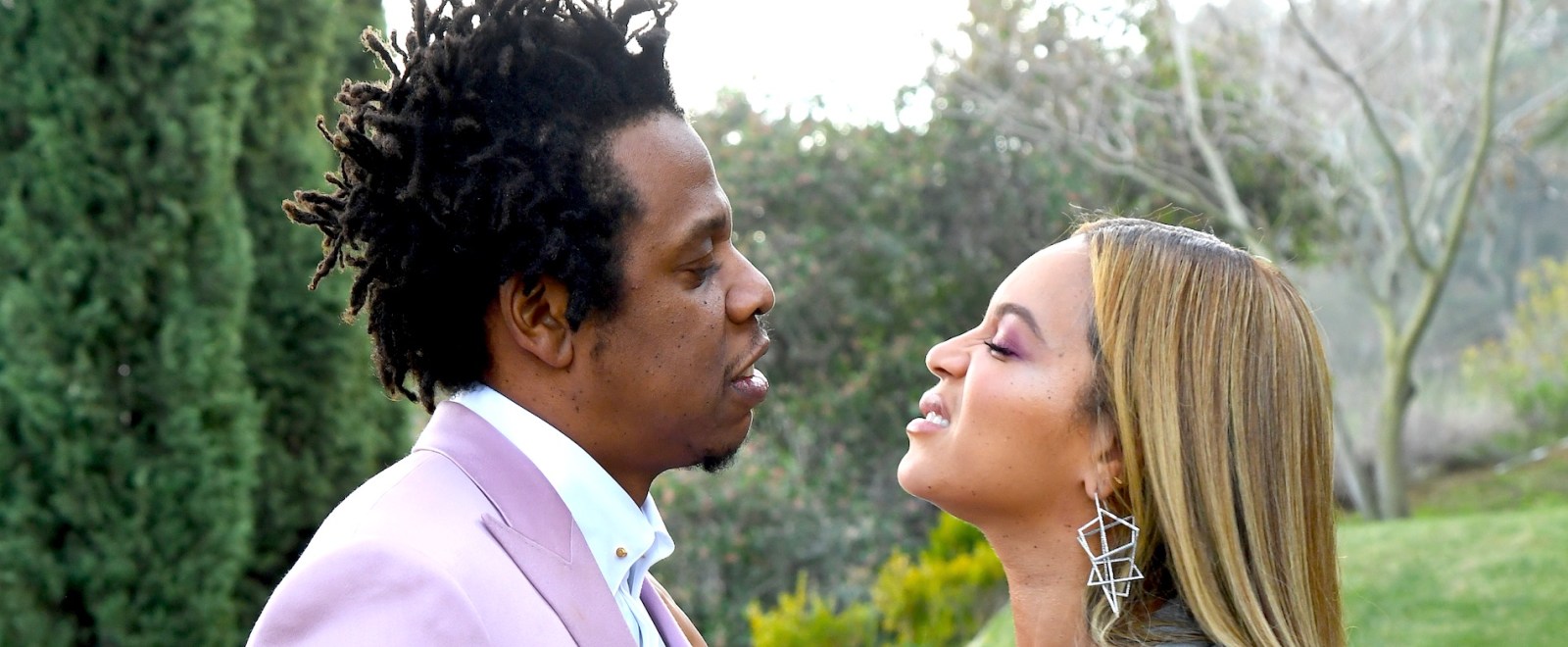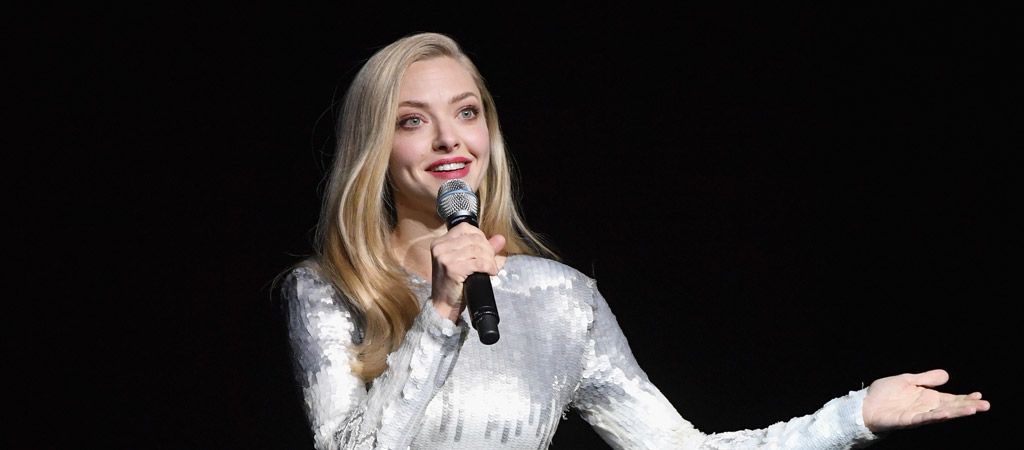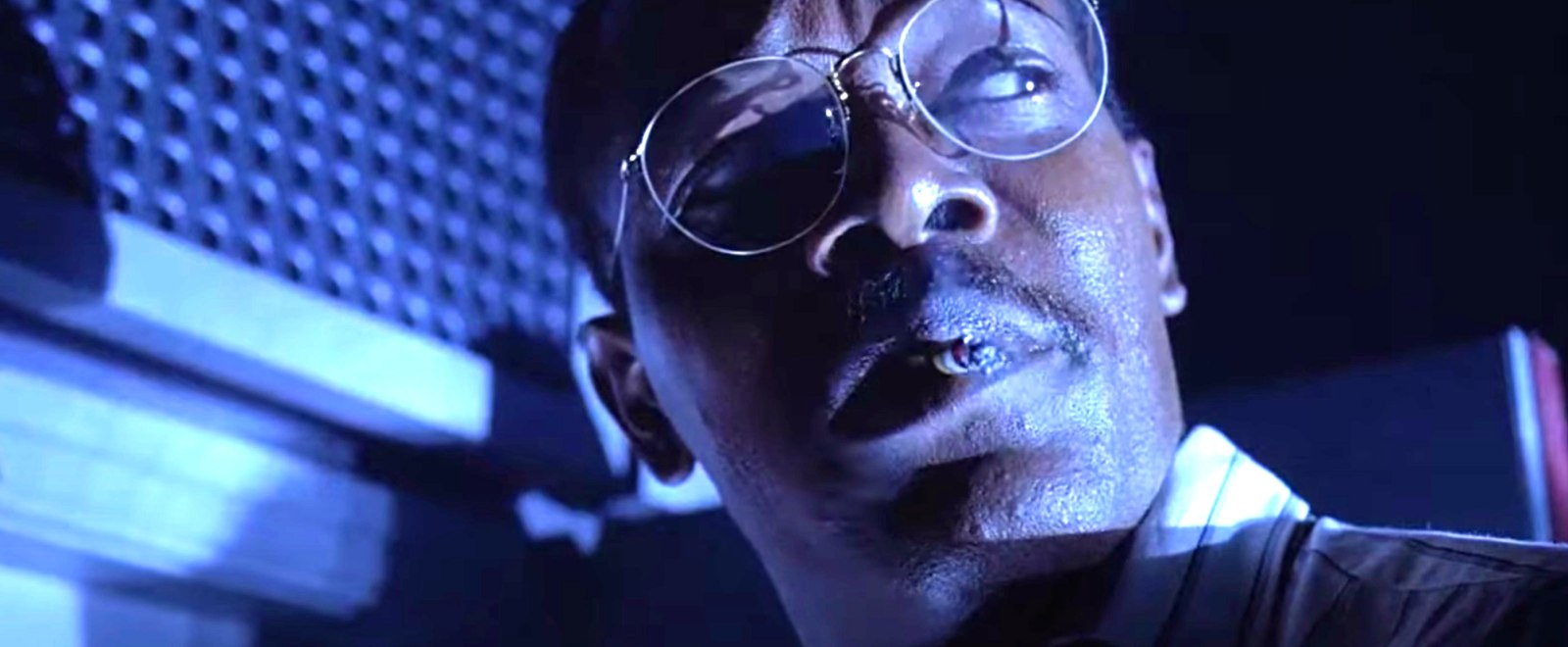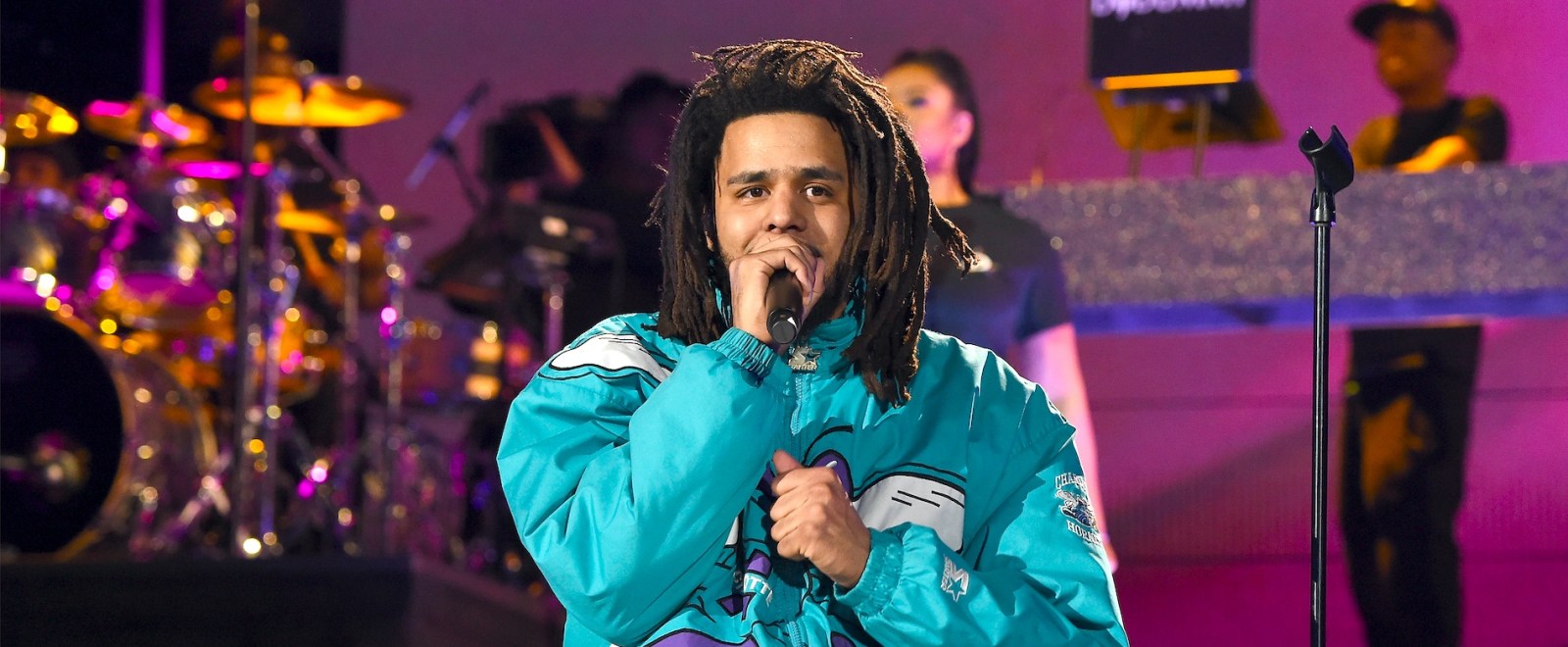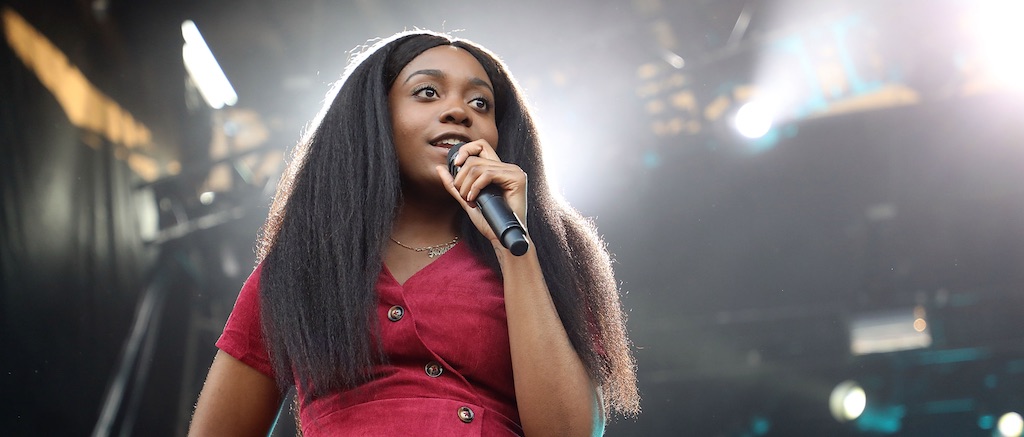We’re living in strange times. A pandemic. Civil unrest. Cannibal rats. Jeremy Piven’s Zoom auction. The universe seems to be testing our collective sanity so, of course, we’re turning to Netflix. To keep us entertained. To keep us distracted from the uncontrollable chaos. To keep us from falling into a deep depression where our anxiety acts as a black hole, eating up all of the Garden Salsa SunChips in our parents’ pantry before feasting on dried ramen noodles under the soft glow of a computer screen at 3 a.m. in the morning.
That last scenario is completely anecdotal. Just an example really. We’ve never done that. But we have been consuming more streaming content. Specifically, TV shows. And though it may be taboo to admit, it’s been hard to find the energy to invest in new series. To get motivated to commit any of our free time — of which there is now plenty — to shows that might. Might be great. Might be terrible. You’ll have to wait a few episodes, an entire season really, to find out. No, thank you. I want the guarantee of a good thing, which is why I’ve been revisiting Fox’s adorkable comedy series, New Girl (God, “adorkable” was such a bad marketing term to slap on this thing).
A mix between Friends (which I’ve admittedly never seen), Cheers, How I Met Your Mother, and probably every other ensemble comedy centering on a mix-gendered group of friends just trying to make it in a big city, the Liz Meriwether series stars Zooey Deschanel, Jake Johnson, Max Greenfield, Hannah Simone, Lamorne Morris, and Damon Wayans Jr.
Deschanel plays Jessica Day, a young school teacher suffering through a bad breakup who answers a Craigslist ad and finds herself living in an oversized loft with three male roommates: grouchy bartender Nick Miller (Johnson), looks-obsessed marketing exec Schmidt (Greenfield), and former pro baller Winston Bishop (Morris). The group quickly becomes a makeshift family, weathering weird hookups, awkward breakups, career mishaps, and brushes with the Mexican police. It’s their pure, unadulterated friendship that provides most of the comforting, comedic moments each episode, which is why it’s the perfect re-watch right now, but I’m not here to praise Winston’s stylish shirt-game or hype up Schmidt’s douchebag jar antics.
No, I’m here to talk about sex. Or at least, sexual tension. Because if New Girl does anything well — and it does most things well — it’s the chemistry between its leads, Deschanel’s quirky, wide-eyed optimist and Johnson’s gruff, pessimistic man-child. Slow burns, particularly in the comedy space, are notoriously tricky to pull off. You either spend too long trying to get two lovable characters to hook up (Gilmore Girls, Jane the Virgin), or you struggle to make their romance interesting after the fact (The Office, Moonlighting).
Of course, it’s even harder to infuse the necessary romantic angst that keeps these pairings from fizzling out when you’re working on a show whose main focus is on the friendships between its core cast. The dynamics on Friends suffered under the weight of Ross and Rachel’s “Were they on a break” debate. How I Met Your Mother landed like a deflated balloon with its season finale reveal. The Big Bang gang lost an intangible something when Sheldon finally got together with Amy.
When you’ve spent seasons establishing storylines and character arcs that are fueled by the chemistry and built-up friendships between a group of eclectic individuals, introducing a romantic subplot can throw the whole thing out of whack. It’s like placing a rock on a track and watching the train derail. Sex, and to a larger extent, romance, is that rock.
But not on New Girl. Early on (and we’re talking like pilot early), New Girl recognized the undeniable sexual tension between Jess and Nick. It wasn’t planned, in fact, the cast has admitted they were told to temper the heat between the two long before the series decided to lean into their prospective romance. The show put two attractive opposites into a confined space and drew out the conflict and chaos that adversarial connection provided, balancing it with a dose of sincere friendship and platonic love that eventually elevated it to something more than just a slow-burn trope.
As cheesy as it sounds, Nick and Jess worked so well because they were friends before lovers. Sure, he sometimes served as her emotional fluffer when she needed the motivation to keep things strictly physical with certain paramours and she tried to fight against her reputation as his “cooler” by getting him laid with impromptu games of True American, but the show made a conscious choice to let their desire live alongside their growing bro-ship. They acknowledged those feelings, joked about them, questioned how they were influencing the overall mood of the loft, and then instead of mining them for seasons-worth of melodrama or completely ignoring them and frustrating fans, they simply let the romance develop organically.
It was real. It was messy. It was Nick refusing to smooch Jess during a game of True American before yanking her into an electric make-out session later when the two were alone. It was Jess getting hot-and-bothered by Nick’s newly-embraced responsibility at work and his excitement over doing laundry for the first time only to get pummeled with a two-by-four at a hardware store and shatter a Bond villain-sized fish tank after an angry hookup with her infuriating crush.
And it stalled in ways that felt plausible too, with confessions that, on any other show would signal the development of a new ship, but on New Girl, just hung in the air, acknowledged and ignored and then acted upon and then tucked away again. When Jess admitted things couldn’t return to normal during a fight over a coveted parking spot because Nick “nailed her mouth hard.” When neither could settle on whether they were on a date only to be goaded by Jess’s older ex who called out their childish antics. When finger guns were an “I love you too,” and terribly planned birthday parties worked out and a spontaneous trip to Mexico distracted the pair from putting a label on their connection.
Even when a survivalist Thanksgiving ended with Jess eating putrid fish and falling into a pit, these two managed to make light of the disasters that accompanied their romance. That’s something the show never shied away from: the idea that just because their love was complicated and hard didn’t t mean it wasn’t worth it. And as immature as both characters could be — Jess with her constant need to fix everyone and Nick with his refusal to do something, anything with his life — they helped each other to grow up. They fought, they broke up, but they still loved each other. Their bond didn’t rest solely on their sexual chemistry, which might have been the secret sauce all along.
So, if you’ve got time (and hell, who doesn’t these days?), invest in one of TV’s best slow-burns. And maybe together, we can make sex mugs a thing.

